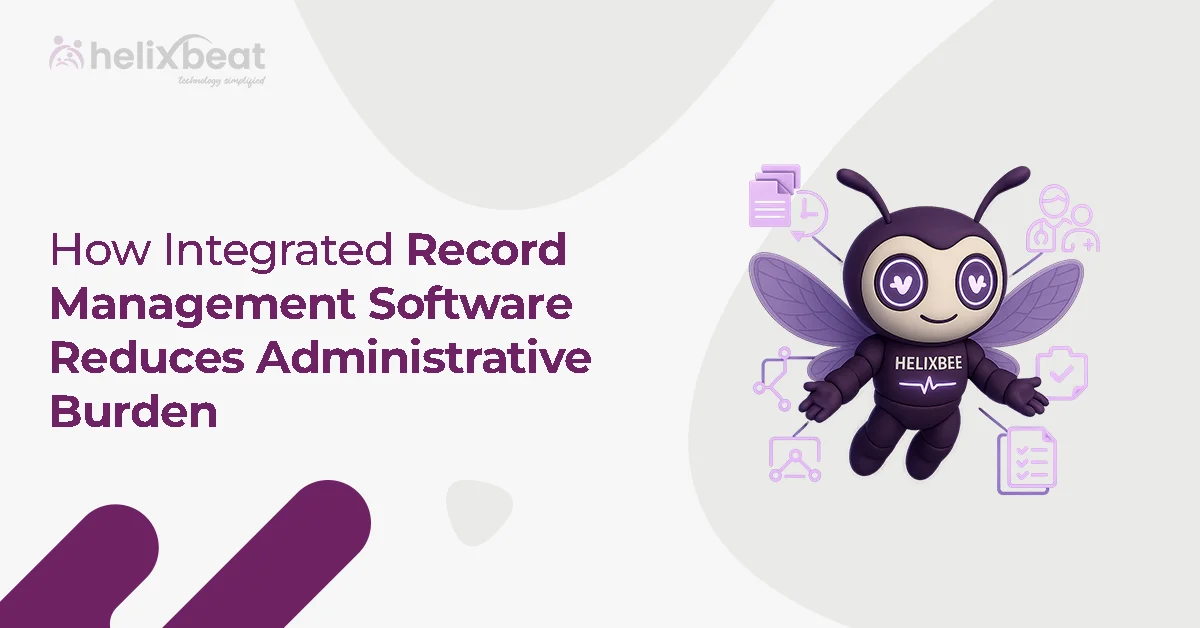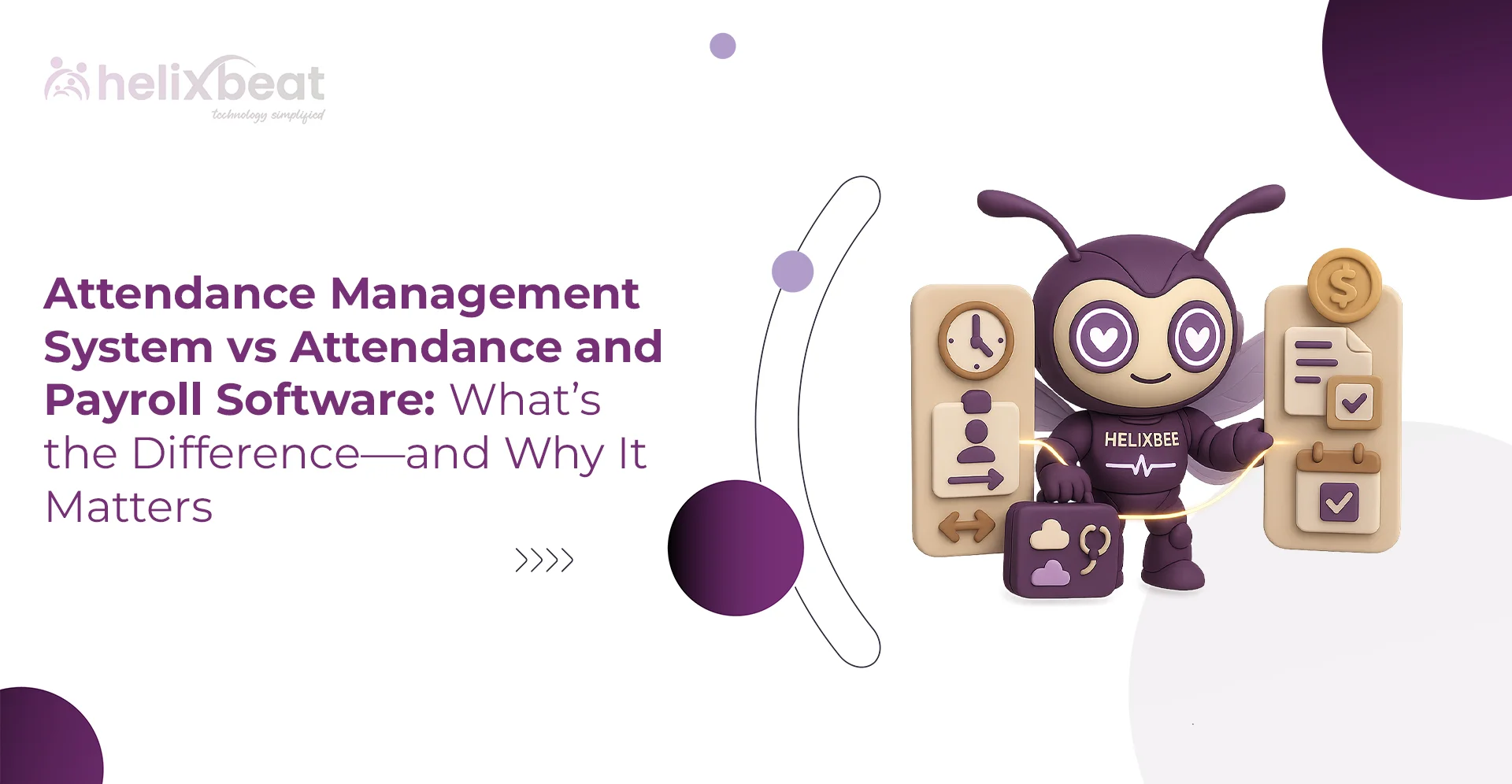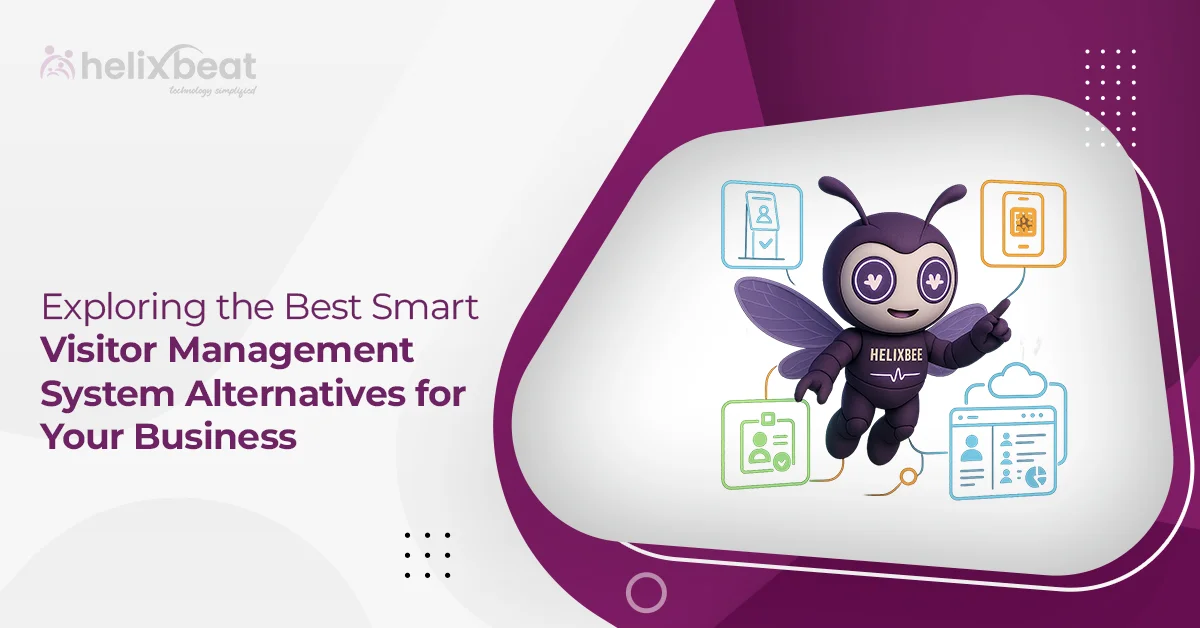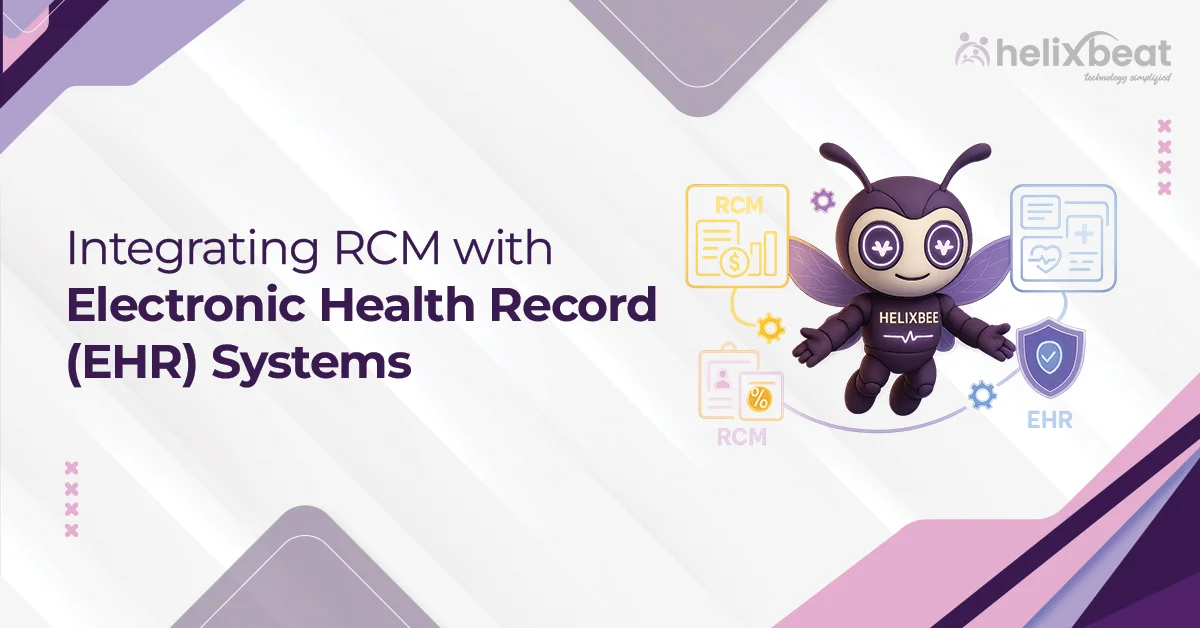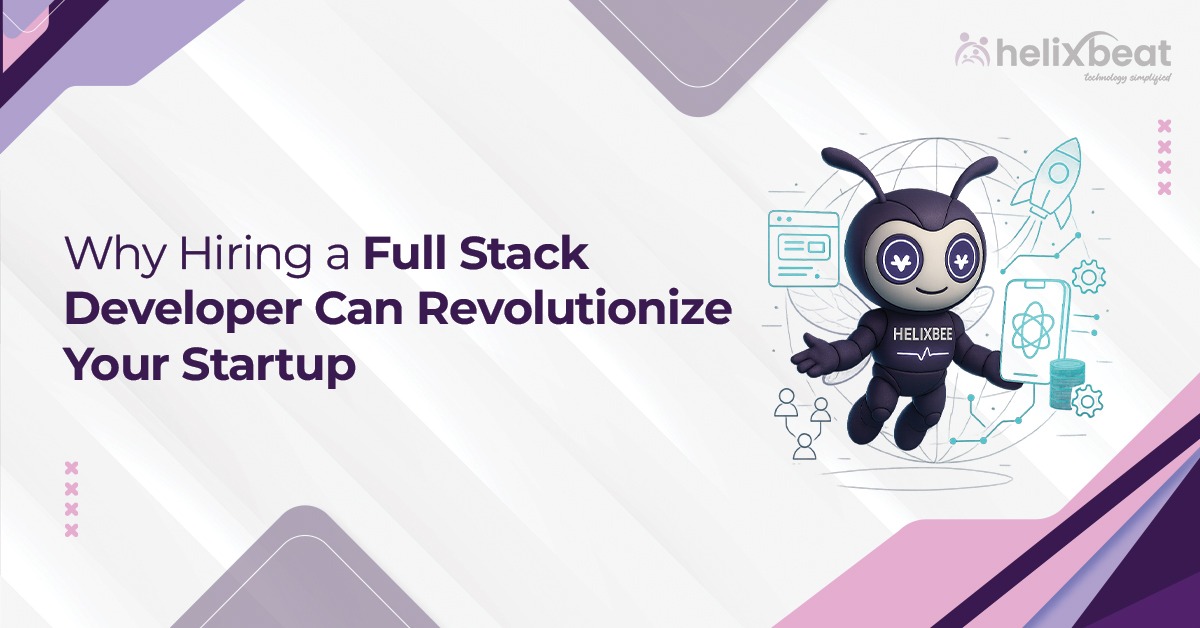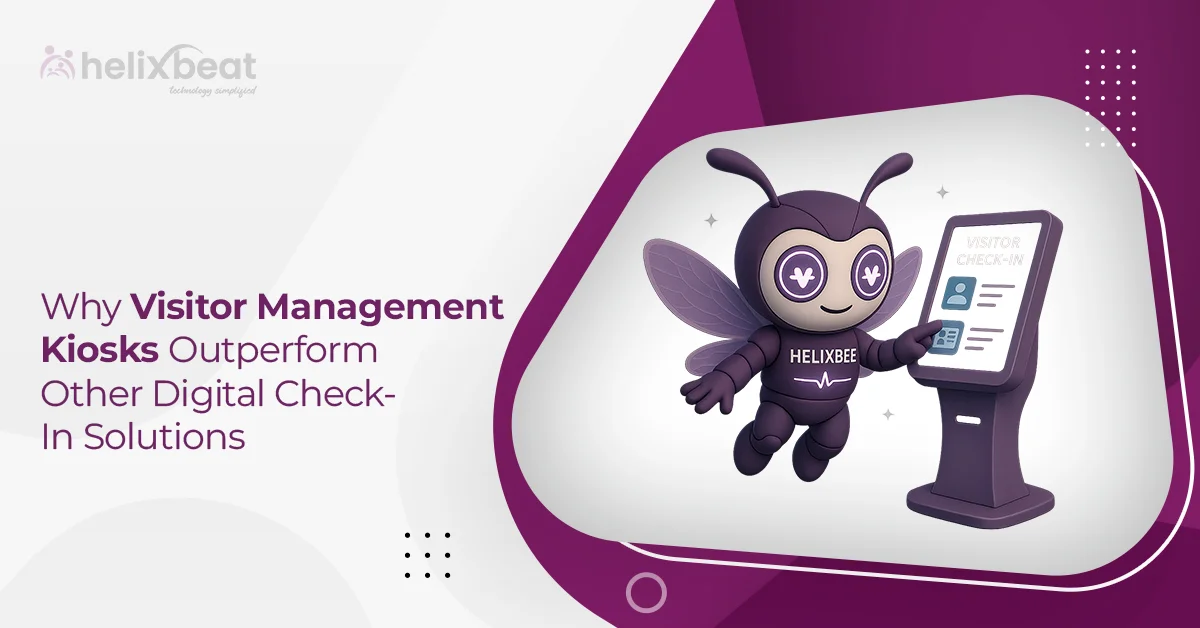Imagine a patient visiting a hospital in one city and needing follow-up care in another. If their medical history isn’t readily available, delays, misdiagnoses, and unnecessary tests can follow. This challenge stems from the fragmented nature of healthcare data, where vital information is locked away in different systems that don’t communicate with each other.
Cloud computing is breaking down these barriers by helping healthcare providers access and share patient data in real-time, no matter where they are. From telemedicine consultations to emergency room visits, cloud-based interoperability solutions are making healthcare more connected, efficient, and patient-centric.
Let’s explore eight key ways cloud computing is transforming healthcare interoperability.
Table of Contents
1. Breaking Down Data Silos
A big hurdle in healthcare interoperability is the fragmentation of patient data. Traditional systems confine medical records to isolated databases, making it harder for healthcare providers to retrieve and share critical information.
However, cloud computing facilitates seamless data integration by acting as a centralized repository that connects disparate systems. With cloud-based solutions, electronic health records (EHRs), lab results, imaging data, and other critical medical information can be stored and retrieved across various healthcare departments without manual intervention.
This accessibility not only enhances coordination among healthcare providers but also improves decision-making and patient outcomes.
2. Standardization and Data Normalization
Different healthcare providers use various EHR systems and medical terminologies, which leads to inconsistencies in data formats and interpretation. However, cloud computing plays a vital role in standardizing and normalizing data across healthcare networks.
By leveraging FHIR (Fast Healthcare Interoperability Resources) and HL7 standards, cloud-based platforms unify patient data from multiple sources, making it accessible and interpretable across different healthcare systems. This standardization reduces errors, enhances compatibility, and simplifies data migration between providers.
3. Scalability for Growing Data Needs
Healthcare generates a huge amount of data daily, from patient records to clinical trial results. However, traditional on-premise systems often struggle to accommodate this growing volume, which leads to performance bottlenecks and storage limitations.
Cloud computing offers an elastic infrastructure that expands based on demand. This flexibility allows healthcare organizations to handle increasing data loads without investing in costly hardware upgrades. Whether it’s a small clinic or a large hospital network, cloud-based platforms provide the ability to store and access vast amounts of data in real-time.
4. Remote Patient Monitoring and Telehealth Integration
The rise of telehealth and remote patient monitoring has accelerated the need for seamless healthcare interoperability. Cloud-based platforms enable healthcare providers to collect real-time patient data from wearable devices and telehealth consultations, integrating this information into centralized patient records.
This capability enhances chronic disease management, post-surgical follow-ups, and remote diagnosis, allowing physicians to make informed decisions based on up-to-date health metrics without requiring in-person visits.
5. Enhanced Security and Compliance
Data security and regulatory compliance are top concerns in healthcare interoperability. Therefore, sensitive patient information must be protected from unauthorized access while adhering to stringent regulations such as HIPAA and the 21st Century Cures Act in the U.S.
However, cloud-based solution providers implement robust security measures such as encryption, role-based access controls, and audit trails to protect healthcare data. Additionally, cloud platforms are designed to comply with industry regulations, helping healthcare organizations meet legal requirements while maintaining the confidentiality and integrity of patient information.
6. Cost Efficiency and Operational Streamlining
Migrating healthcare data to the cloud transforms both cost efficiency and operational agility. By moving away from expensive on-premise infrastructure, healthcare organizations can cut down on IT maintenance expenses tied to bulky hardware, dedicated staff, and continuous upkeep. Cloud-based solutions shift these responsibilities to service providers and free up resources.
Beyond cost savings, cloud-powered healthcare interoperability simplifies administrative processes by automating key workflows like billing, patient record retrieval, and claims processing. This not only minimizes manual effort but also accelerates operations, leading to more seamless financial management and a smoother healthcare experience for providers and patients alike.
7. Enabling AI and Advanced Analytics in Healthcare
Cloud computing lays the foundation for integrating artificial intelligence (AI) and advanced analytics into healthcare interoperability. AI-powered tools can analyze large datasets stored in the cloud to detect patterns, predict disease outbreaks, and personalize patient treatments.
For example, cloud-based AI models can scan EHR data to identify high-risk patients, allowing doctors to intervene before conditions worsen. Predictive analytics also help healthcare organizations optimize resource allocation and reduce operational inefficiencies.
8. Disaster Recovery and Business Continuity
Unexpected system failures, cyberattacks, or natural disasters can severely disrupt healthcare operations. Traditional on-premise data storage poses risks of data loss, downtime, and operational setbacks.
Cloud computing mitigates these risks by offering automated backups, redundancy, and disaster recovery solutions. Cloud-based healthcare systems maintain multiple copies of critical data across geographically dispersed data centers, allowing organizations to recover lost data quickly and maintain continuity even during crises.

Helixbeat: Revolutionizing Healthcare with Cloud-Based Solutions
Helixbeat offers cloud-based healthcare solutions that empower hospitals, clinics, and healthcare providers to streamline workflows, enhance patient care, and drive better decision-making.
AERIS – Real-Time Data Exchange & Standardization
AERIS is an adaptive exchange interoperability solution designed to break down data silos and facilitate seamless FHIR-based communication across healthcare systems. With AERIS, hospitals can:
- Achieve real-time data exchange across multiple platforms
- Facilitate data standardization for compliance with HL7, FHIR, and other industry standards
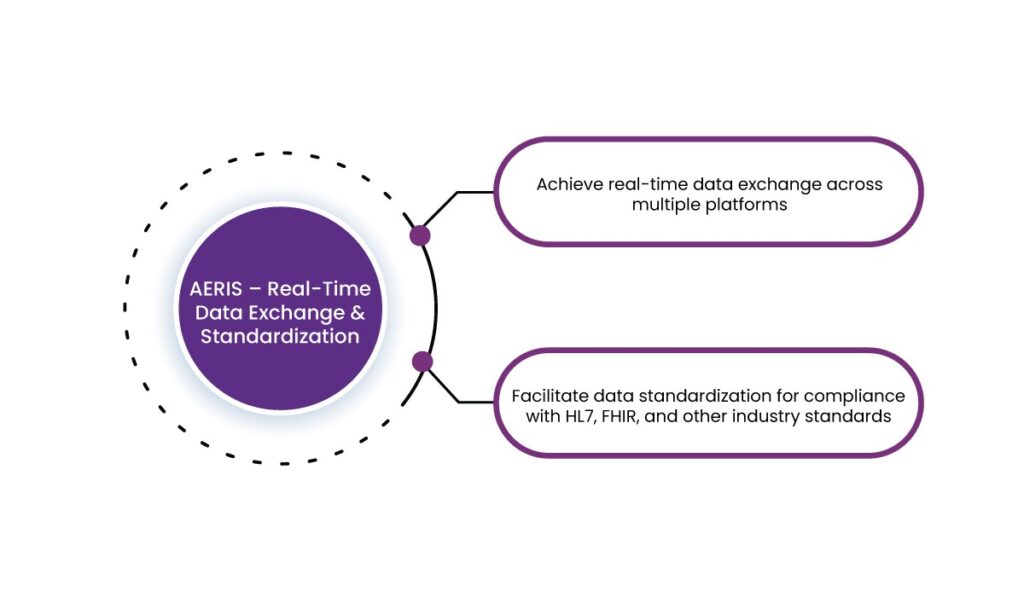
PULSE – Patient Management Software
PULSE, a cutting-edge patient management software, aims to:
- Streamline appointment scheduling, patient records, and billing
- Improve care coordination with a centralized view of patient interactions
- Enhance the patient experience with faster, data-driven insights
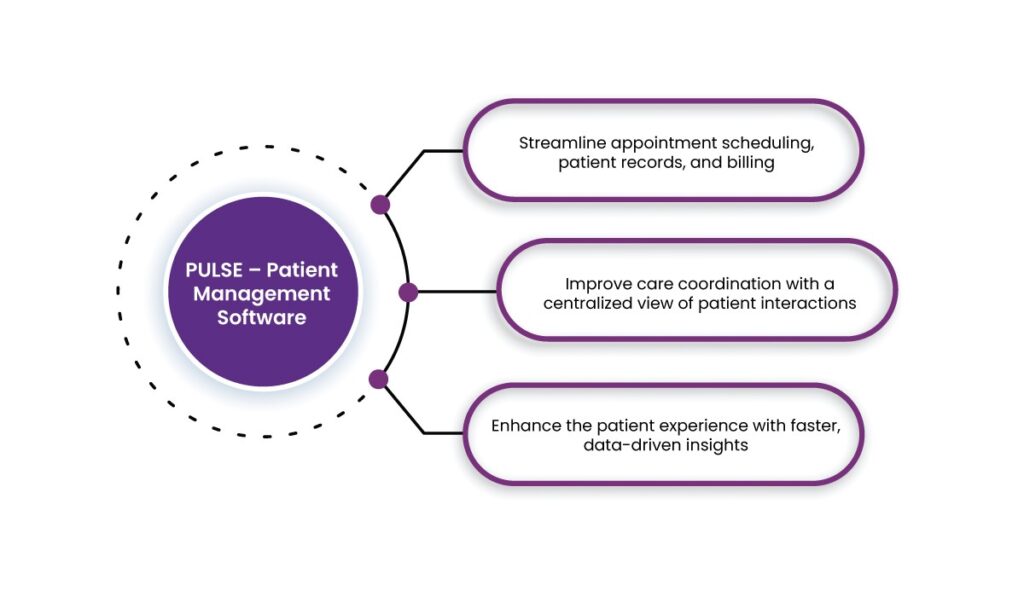
FUSION – Centralized Patient Data Repository
FUSION acts as a unified data hub that seamlessly integrates hospital operations. By consolidating patient records, lab reports, imaging data, and treatment histories, FUSION helps healthcare providers:
- Eliminate data fragmentation and integrate internal hospital systems
- Enhance clinical decision-making with easy access to comprehensive patient data
- Improve workflow efficiency with a single source of truth for patient information
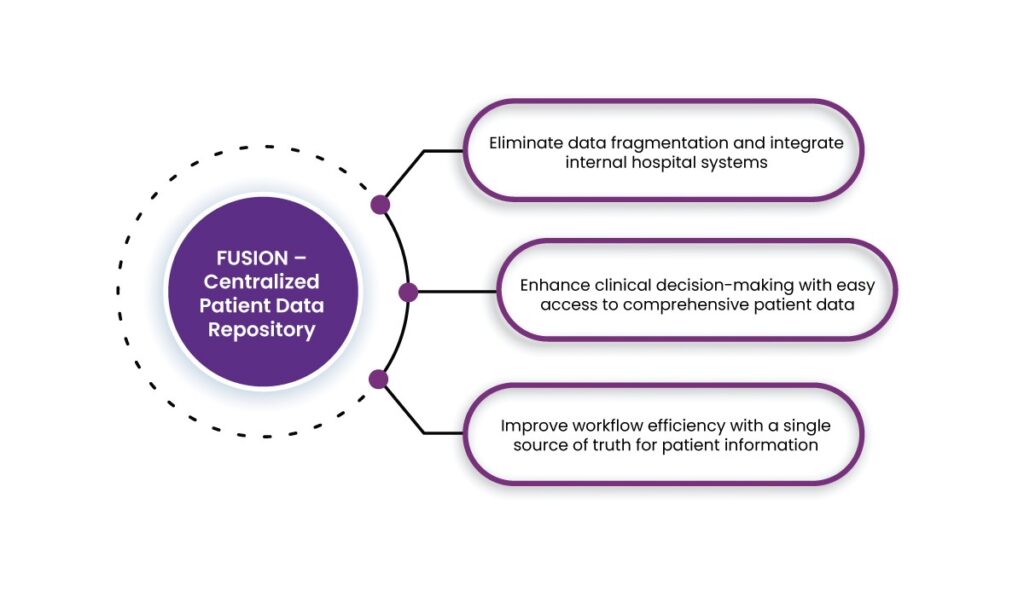
With a strong focus on healthcare interoperability, efficiency, and data-driven decision-making, Helixbeat is the trusted partner for providers looking to embrace the future of digital health.
Final Thoughts
Cloud computing is revolutionizing healthcare interoperability by addressing long-standing challenges such as fragmented data, scalability issues, and security concerns. By enabling seamless data exchange, standardization, and integration with emerging technologies like AI, cloud solutions are making healthcare more efficient, accessible, and patient-centric.
At Helixbeat, we offer solutions that help healthcare organizations break down data silos, streamline workflows, and enhance patient outcomes. Whether you need real-time data exchange, centralized patient records, or seamless patient management, Helixbeat provides the tools to make interoperability a reality. Contact us today to explore how our solutions can empower your organization and improve patient care.
FAQs
1. How does cloud computing improve healthcare interoperability?
Cloud computing enables seamless data exchange by providing a centralized repository where healthcare providers can store, retrieve, and share patient records in real time. This eliminates data silos and enhances collaboration across hospitals and clinics.
2. How does cloud computing support telehealth and remote patient monitoring?
Cloud-based platforms integrate data from wearable devices and telehealth consultations into a centralized system, allowing physicians to monitor patient health in real time. This facilitates better chronic disease management and remote diagnosis.
3. Is cloud computing secure for handling sensitive patient data?
Yes, cloud-based solutions incorporate encryption, role-based access controls, and audit trails to protect sensitive healthcare data. Additionally, these platforms are designed to comply with industry regulations like HIPAA to maintain data privacy and security.
4. How can healthcare organizations implement cloud-based interoperability solutions?
Organizations can adopt cloud-based platforms like AERIS, PULSE, and FUSION to integrate patient records, facilitate real-time data exchange, and improve workflow efficiency. These solutions from Helixbeat help hospitals transition to a connected, data-driven healthcare environment.





